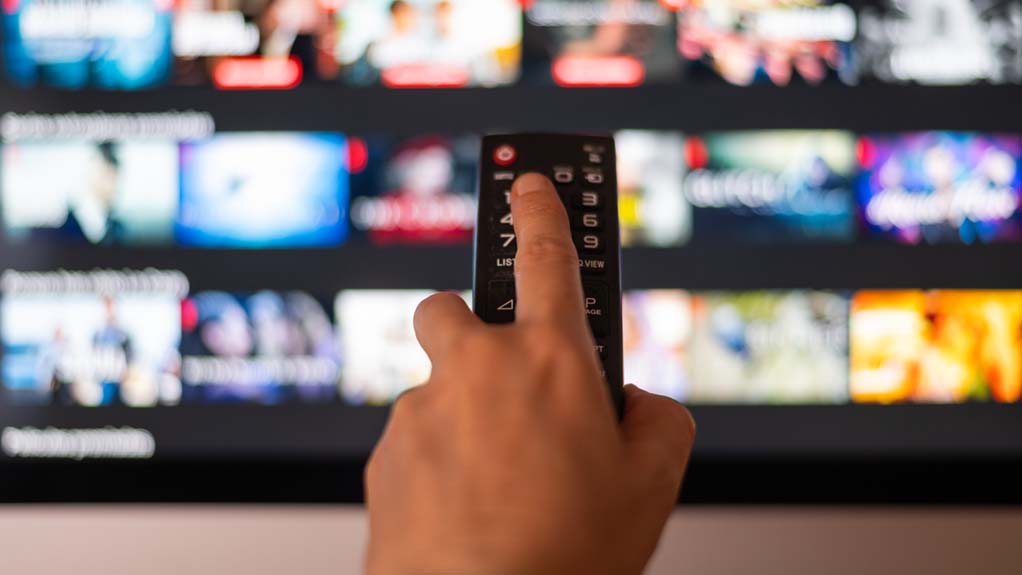The truth behind sound for the Grammys
It seems the Grammy Awards telecast on CBS is an annual lightning rod for criticism, and the 2012 edition was no exception. Social media outlets lit up with accusations and denials of lip-synching throughout the show. The event’s longtime audio coordinator, Michael Abbott, owner of All Ears, Incorporated, agreed to address some of these issues in an exclusive interview.
“The first thing I want to point out is that, unlike almost every other televised awards show in the U.S., the Grammys are committed to having every microphone on stage be live.” Abbott said. “That dates back to the Milli Vanilli controversy.”
In 1990, the group Milli Vanilli had its Grammy for Best New Artist rescinded after it was learned that the principals, Fab Morvan and Rob Pilatus, had not actually sung on their debut album, and that they routinely lip-synched during live performances.
Yet the supposition that lip-synching occurs is a common perception — despite the obviously natural performances by Paul McCartney, Foo Fighters, Taylor Swift, Glen Campbell and others that dominated the evening. By way of contrast, big production numbers by artists like Chris Brown and Katy Perry drew criticism which, interestingly, is seen as a reflection of the broadcast itself as much as the artists involved.
“While we don’t allow lip-synch on the show, some performances are so demanding in terms of sound design that there has to be some of what we call track augmentation, which might involve Pro Tools or some other kind of playback,” Abbott said. “We do allow the artist to have their vision of what they should be looking and sounding like produced accurately, just as they do in concert. That can be a real challenge on live TV, especially in the context of Grammy events, where you might have live orchestra, huge choirs and lots of choreography.
“Our goal is to provide great sound for the home audience in the context of live performances, and I think we do a pretty good job of that.”
Abbott detailed a number of performance that were truly “live” in the traditional sense, including those by Adele, Paul McCartney, Taylor Swift, Foo Fighters, Bonnie Raitt/Alicia Keys, Glen Campbell, Jennifer Hudson, and the Beach Boys reunion.
“We pride ourselves on creating what the producers call ‘Grammy moments,’” Abbott said, “authentic moments that won’t be replicated on any other show. The Glen Campbell tribute, the Beach Boys reunion, those were big production challenges, and it was great to see the artists come out and nail it.”
There’s no denying that the Grammy Awards broadcast is always caught between a rock and a hard place — expected to deliver great 5.1 audio under the most difficult conditions, yet having its feet held to the fire at the slightest hint of technological assist to the artists.
“I monitor several social media sites and websites, and there are a lot of misconceptions out there,” Abbott said. “Reactions are posted, right or wrong, and people will not be swayed from their viewpoint, even if what they perceive is utterly false. I find it fascinating.”
By Abbott’s estimate, this year’s Grammy show had the least amount of track augmentation of any in the past five years. He also notes that the tools available today enable creative production techniques that go far beyond the flip “must be lip synch” reaction of many self-styled critics.
“This is not your dad’s prerecorded, live-to-track date,” Abbott said. “We have to make pragmatic production decisions in sound design, and execute them live. When an artist is using auto-tune software as a creative choice, that’s legitimate. But we won’t use it as a corrective tool.
“Other tools, like dynamic EQ, Pro Tools and Waves plug-ins, console automation…it all comes into play for an event like this. The decisions we make are based on the idea of producing the most authentic, organic telecast possible. And I think that was evident in this year’s show.”
Get the TV Tech Newsletter
The professional video industry's #1 source for news, trends and product and tech information. Sign up below.
